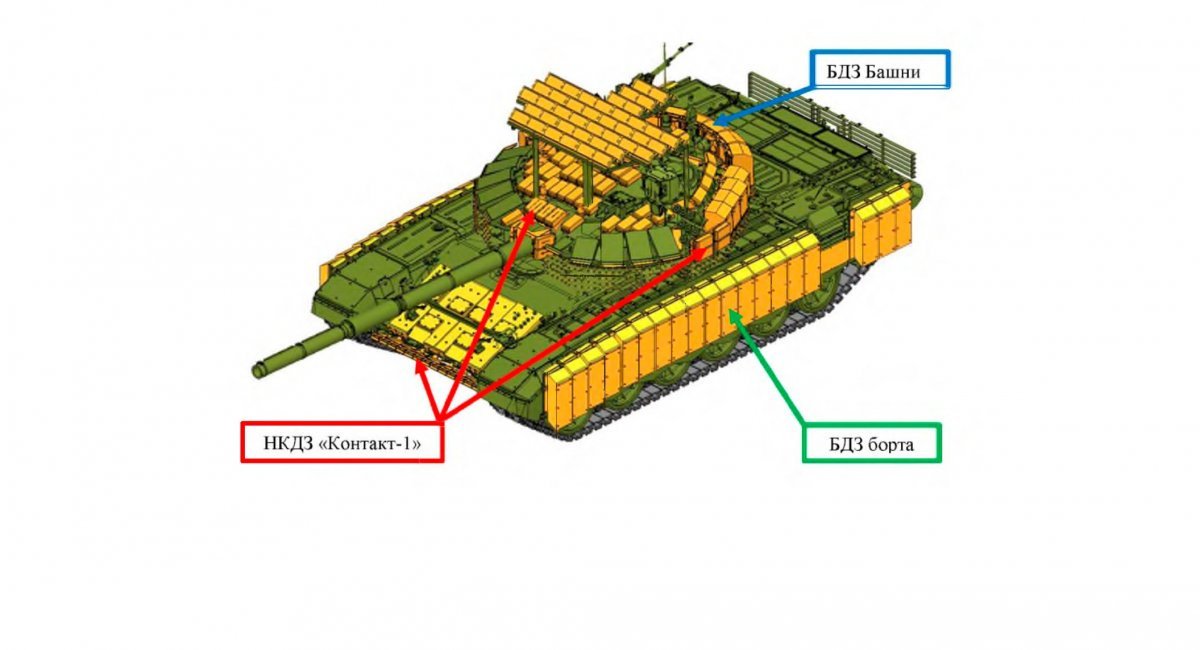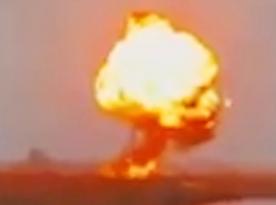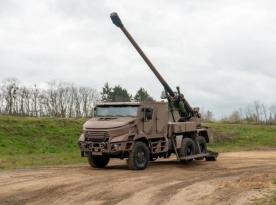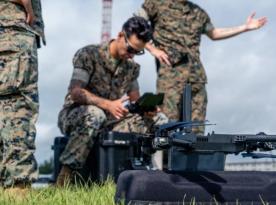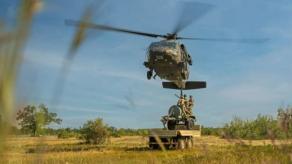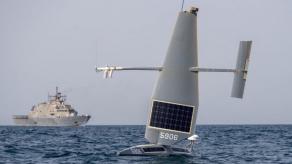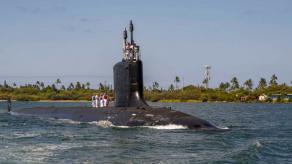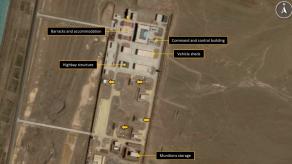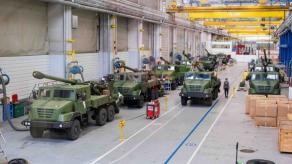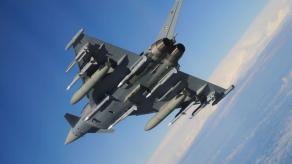Despite russian propagandists’ claims about a powerful military defense industry, russia is currently experiencing a shortage of Kontakt-1 explosive reactive armor (ERA) elements. This type of armor was widely used by russian forces in 2022, even on lightly armored vehicles like the Tigr armored car. However, the current situation is markedly different.
“Due to the insufficient quantity of ERA elements from NII Stali, the use of non-explosive reactive armor has been proposed,” begins a russian scientific paper from the Main Armored Directorate of the so-called Ministry of Defense of russia, highlighted by Ukrainian expert Andrii Tarasenko.
Read more: russia Speeds Up Construction of Its Largest Ship With 15 Helipads
The document proposes the development of a new type of protection against shaped charges, consisting of two 2 mm-thick construction steel plates with a 6 mm layer of plexiglass sandwiched between them. These layers are to be bonded with adhesive tape to ensure close contact between the plates.

Despite its seemingly rudimentary design, this system functions as a form of NERA (Non-Explosive Reactive Armor). The mechanism works by allowing the shaped charge jet to pass through the inert plexiglass barrier, which creates a shockwave that displaces the steel plates, thereby disrupting the jet. The energy of the jet is dissipated as it attempts to penetrate the moving plates.
A similar principle applies to Kontakt-1 ERA, where the movement of the steel plates is initiated by an explosive charge located between them, triggered by the shaped charge jet itself.
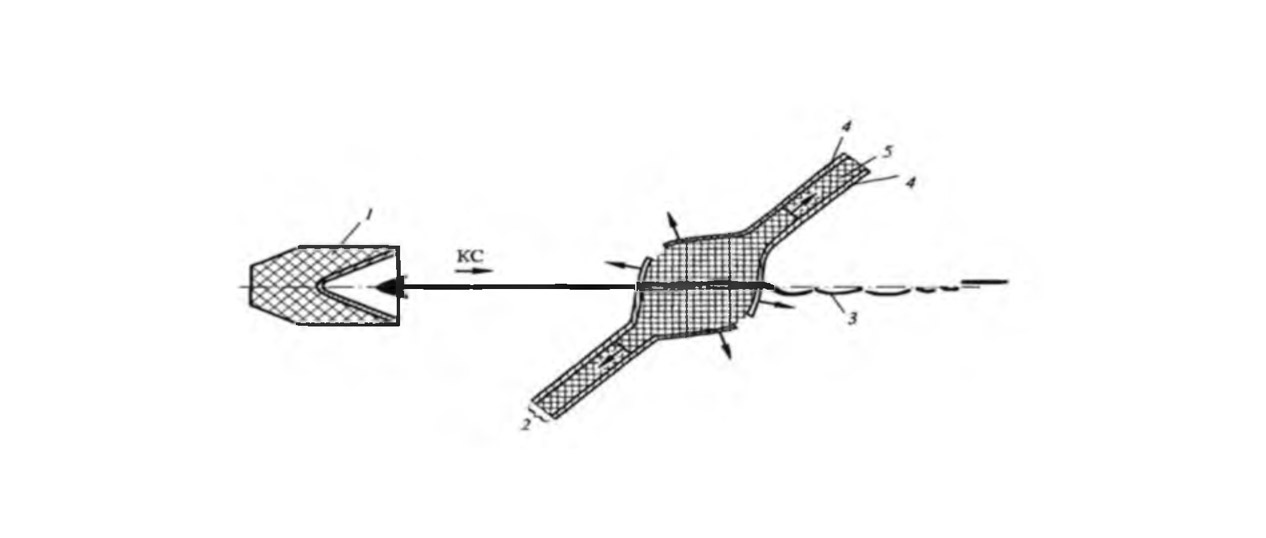
This NERA element has already been tested using shaped-charge grenades fired from RPG-7 and SPG-9 launchers. Compared to standard Kontakt-1 units with 4S20 or 4S22 elements, the new improvised armor demonstrated a 29% decrease in effectiveness.
Additionally, russian specialists tested the effectiveness of filling ERA containers with sand or concrete - likely reflecting common field improvisations. These alternatives provided only 14% of the protection offered by standard Kontakt-1.
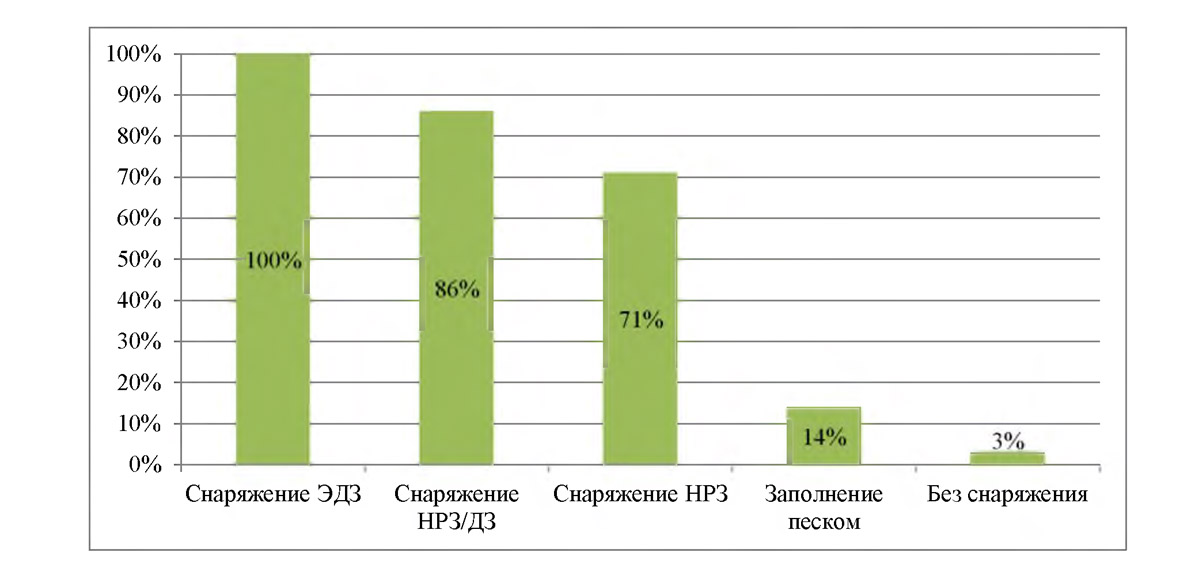
However, the protective capability of the proposed plexiglass-and-tape NERA element was ultimately deemed insufficient. It was recommended to be used only in combination with standard Kontakt-1 elements. Specifically, Soviet-era Kontakt-1 should be retained on the frontal projection of the tank, while NERA elements may be applied to the turret’s sides and rear. This configuration was estimated to provide 86% of the protection level of full ERA coverage. The study deemed this solution acceptable.
A complete replacement of Kontakt-1 is not being considered; at most, NERA elements may supplement side protection. The study frequently compares standard and alternative protective methods - including sand - or concrete-filled ERA modules - suggesting that such improvisations may already be widespread within russian forces.
Read more: russia’s Kosmos 2581, 2582, and 2583 Satellites Deploy Mystery Object in Orbit




